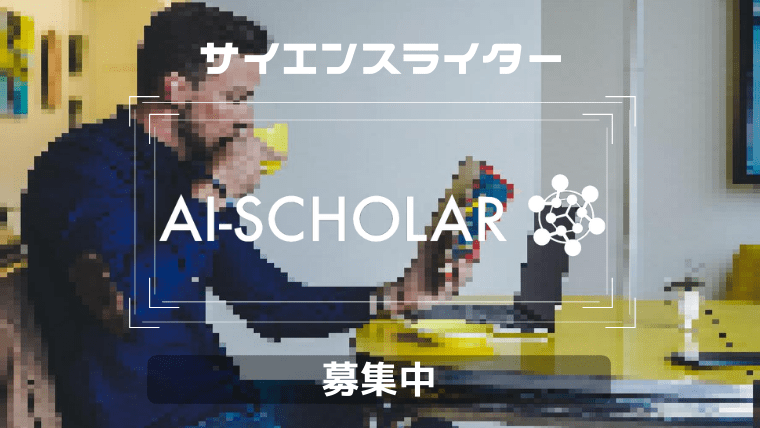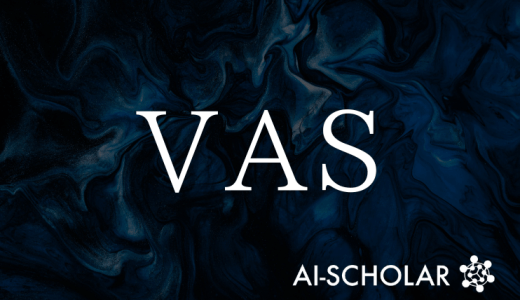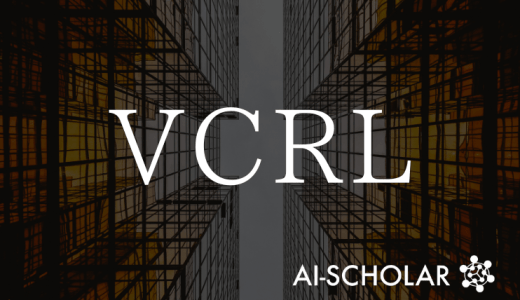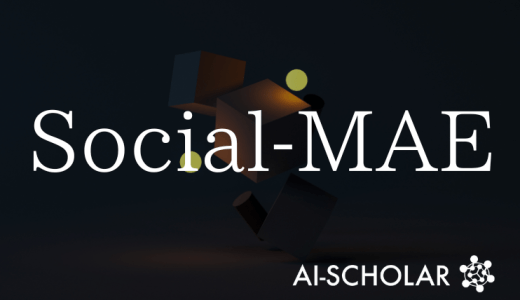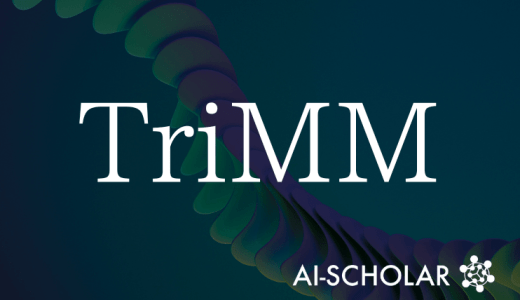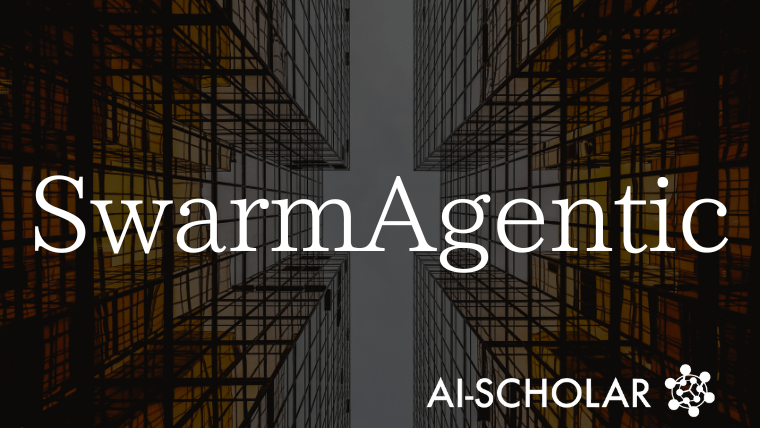
SwarmAgentic: Fully Automated Agent System Generation Enabled By Swarm Intelligence
3 main points
✔️ Proposed a framework to automatically generate agents from scratch and optimize functionality and coordination structure simultaneously
✔️ Particle Swarm Optimization reconfigured as natural language based and iteratively improved through structural transformation
✔️ Outperformed conventional methods on 6 real-world tasks, especially on tasks with high structure flexibility Demonstrated high versatility, especially on tasks with high degrees of freedom in structure
SwarmAgentic: Towards Fully Automated Agentic System Generation via Swarm Intelligence
written by Yao Zhang, Chenyang Lin, Shijie Tang, Haokun Chen, Shijie Zhou, Yunpu Ma, Volker Tresp
(Submitted on 18 Jun 2025)
Comments: 41 pages
Subjects: Artificial Intelligence (cs.AI); Multiagent Systems (cs.MA)
code:
The images used in this article are from the paper, the introductory slides, or were created based on them.
Overview
In recent years, there has been much attention paid to the construction of autonomous agent systems based on large-scale language models (LLMs). However, conventional methods rely on predefined agent templates, which pose challenges in terms of flexibility and scalability. Against this background, a new framework called "SwarmAgentic" is proposed in this paper. This method takes as input only a task description and an objective function, and fully automates the generation, optimization, and improvement of the coordination structure of agents in a structured natural language space.
Characteristically, it is a language-based reworking of Particle Swarm Optimization (PSO), a type of swarm intelligence, in which the structured agent system is treated as particles. Each particle has an agent configuration and coordination strategy described in natural language and iteratively improved using LLM. As a result, the proposed method achieves high performance in complex real-world tasks such as travel planning, itinerary coordination, and creative tasks, significantly outperforming previous methods.
Proposed Methodology
SwarmAgentic is a fully automated framework that structures an agent system in natural language and makes it an optimization target. The basic unit is a "particle," each of which consists of a set of agent configurations and cooperative workflows. In the initialization phase, LLM is used to generate a variety of particles. This includes a search range controlled by temperature parameters, ranging from conservative to innovative configurations.
Optimization is achieved through the Failure-Aware Velocity Update, which uses failure-based flow-based feedback. This update learns from failures and generates directions for improving the configuration based on comparisons with the best of self (personal best) and the best of the whole herd (global best). This allows particles to reconfigure their role definitions and cooperative strategies at the sentence level to improve the quality of the solution.
Position Update (Position Update) modifies the actual agent configuration and workflow through structural sentence transformation. Through this sequence of processes, SwarmAgentic is able to autonomously generate an optimal agent system while maintaining both adaptability and interpretability of the configuration.
Experiments
To test the effectiveness of SwarmAgentic, experiments were conducted on six realistic, low-structural-constraint tasks: travel planning (TravelPlanner), itinerary coordination (NaturalPlan), creative writing (Creative Writing), and mathematical reasoning (MGSM). The baseline included a standard direct pro The baseline included the standard direct prompting (Direct), chain-of-thought (CoT), and self-correcting Self-Refine, as well as existing methods of automatic generation such as EvoAgent and ADAS.
As a result, SwarmAgentic achieved a +261.8% improvement over ADAS in the TravelPlanner task and the highest accuracy in all tasks. Particularly in the creation task, it was also observed that increasing the number of particles and iterations significantly improves the consistency and thematics of the output.
Furthermore, an analysis visualizing the process of compositional optimization showed a stepwise improvement in success rate with the introduction of QA experts and adjustments to the collaborative flow, demonstrating SwarmAgentic's sequential and interpretable evolutionary process. These results suggest that fully automatic agent design that does not rely on templates can be very effective in real tasks.
Categories related to this article

